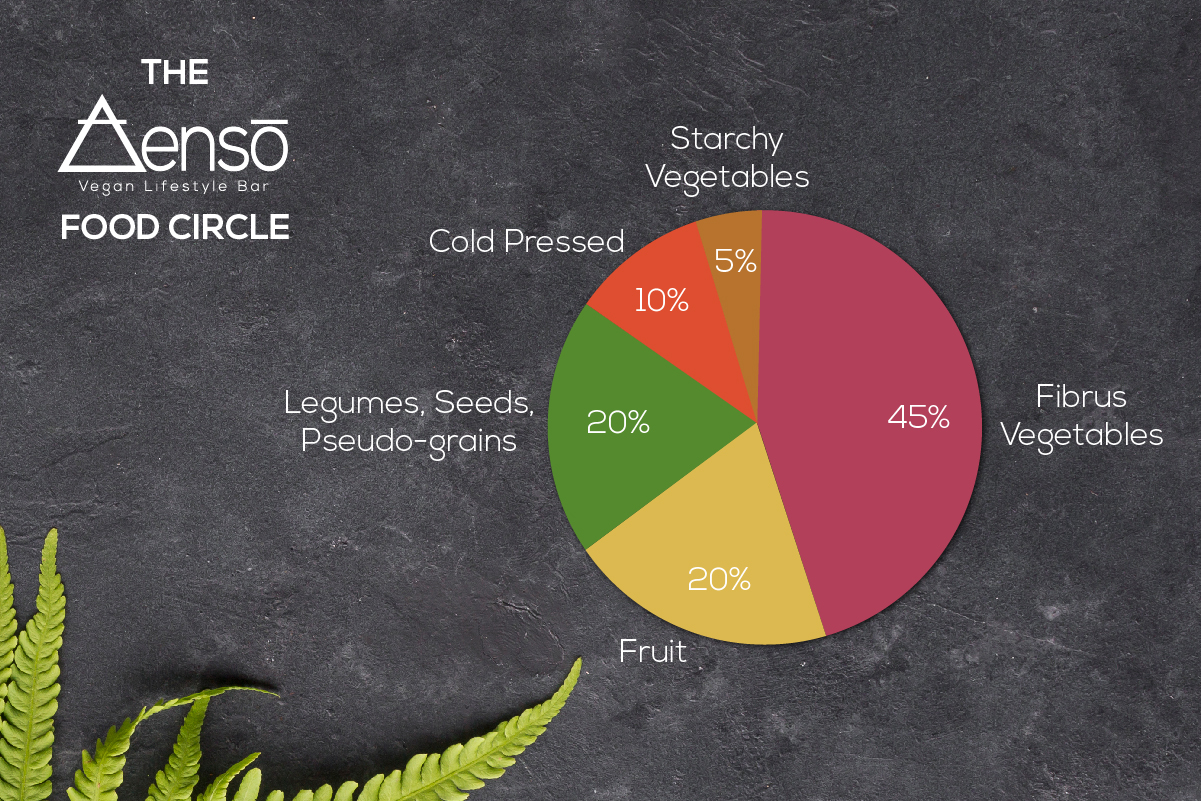Fasting
If you’re keen to understand fasting and what happens in your body when you honour it with structured, controlled rest read on.
Commonly asked questions on fasting, answered, and a timeline of the transformative change that can happen to your body when you invest in short periodical rests.
What is Fasting?
Fasting is simply a process of controlling when you eat. Just as your body and brain feels refreshed after a good night’s sleep, fasting can help restore and rejuvenate your organs and systems.
There is a huge amount of research for different fasting styles. Some involve abstaining completely from food for a set period of time, while others recommend a specific restricted amount be consumed on fast days, for example 25% of your daily intake, as in the 5:2 Intermittent Fasting method.
Overall though, there are a few key elements that are consistent for success:
- Choose a method that you can maintain and suit your lifestyle – be that daily time restricted feeding, weekly one day fasts or quarterly longer fasts (or a combination of all of these.)
- Choose whole foods and mostly plants, to break your fast or as nourishment on your non-fast days.
Is fasting safe?
Controlled fasting is safe. There are loads of different styles available to suit your goals and needs. In fact, we all fast overnight while sleeping!
In fact, researchers have found that fasting as short as overnight can reduce concentrations of metabolic biomarkers associated with chronic disease such as insulin and glucose. This is part of the reason patients are required to fast before certain blood tests.
Some people who must not try long fasting are:
- any growing bodies (pregnant + breastfeeding women and children)
- those with type 1 diabetes
- anyone with a history of Eating disorder or who is underweight.
Outside of this, there is plenty of research that sees fasting as a huge benefit to reducing the impact of or preventing some of the more common diseases that the western world face. But depending on how frequently you plan to fast and your own medical history – it is usually best to consult with a trusted health professional if you plan to fast longer than 24hrs.
What are the benefits?
Research has found that fasting can be helpful to:
- Support weight loss
- Decrease inflammation
- Decrease cancer risk
- Support heart health
- Improve insulin resistance and metabolic disorders
- Promote longevity
- Improve autoimmunity
- Support digestive rest and healing
What happens while you fast?
Let’s walk through the processes that occur in a fasting timeline.
0-3hrs fasting:
Your body is still going through the process of digesting and storing the last thing you ate. Depending on what that was, a few different hormones could be at play in your bloodstream – those that control blood sugar and hunger. This stage is often called the “growth” period – since nutrients are made available to the body to store and build.
12-24hrs fasting:
Glucose (sugar) is still your body’s main fuel source in this phase, but when you stop receiving more food, the metabolism will attempt to keep things balanced as best it can. You may feel some waves of hunger or irritability during this stage. As it becomes clear to your clever body that another resource for energy is needed, it goes ahead and finds one. fat burning!
In the 12-24hr fast zone, you’ll begin the process of switching from glucose (sugar) to ketones (fat) as your primary source of fuel. The time this takes can vary from person to person based on their internal landscape (hormones, gender, usual diet etc.) but the really good news is that hunger starts to decline in this time. The hormones that cue hunger are clinically proven to reduce as time goes on in your fast.
24-72hrs fasting: 1-3 days
This is the zone where the energy scales flip and ketones (fat) become your primary fuel. Your brain still needs a bit of glucose to function, so your body will make some from fat.
One of the perks of becoming fat adapted, is that fat is a slow burn fuel. As you continue into your fast, you may notice the benefits that come with this:
– you experience less spikes and dips in blood sugar than with a glucose based fuel system
– you have more energy and less irregular moods
– hunger is also likely to fade more, In fact, the research suggests that every additional 24 hours you fast, ghrelin (the hunger hormone) declines further in your bloodstream.
72-120hrs fasting: 3 – 5 days
Here you enter the prolonged fast phase.
If you’ve made it this far, you’ll find the most benefits from fat burning and all those juicy cleanse goals we see. Rather than being the hardest part of a cleanse, people that manage to cleanse longer than 3-days, report that they feel more energised and less hungry, like they could go longer if they wish.
Glucose and insulin levels will be low, hunger stays suppressed, and you’re in a steady state of fat burning.
From days 3-5, the body experiences less oxidative stress due to a drop in something called IGF-1 (insulin-like growth factor 1) which researchers believe is an important part of why longer fasts bring anti-cancer and anti-aging benefits.
The decreased levels of growth hormone and insulin in the bloodstream also seem to have benefits for immunity, inflammation, the nervous system, and overall metabolic health.
120+hrs fasting: 5+ days
This is where we get more of the good stuff. The transformative zone.
Five days of fasting in humans has been shown to cause over a 60% decrease in IGF-1 – that factor that relates to anti-cancer and longevity benefits. All the great parts for immunity, inflammation, the nervous system, and overall metabolic health continue too.
At Enso Vegan Lifestyle Bar we offer cold pressed juice cleanses for all levels.
We suggest you try our
5:2 INTERMITTENT FASTING by Enso Bar
weight loss, vitality + longevity.
We offer an easy way to do the 5:2 intermittent fasting lifestyle which is famous for fat burning, boosting vitality & cellular repair & renewal.
+ Healthy and sustainable weight loss.
+ No stress about food choices and counting calories on fasting days
+ Fasting days are bursting with an abundance of nutrition so the body doesn’t miss out on vital vitamins + minerals important for a healthy metabolism.
+ Choose fasting days to work around your busy schedule.
For maximum results, we recommend a month pack: 2 x cleanse days per week for 4 weeks. A special price of 360 euro applies for April and May.
The cleanse includes:
upon rising: PURE CELERY JUICE: celery, lemon
9am – 10am: celery, cucumber, spinach, lemon, parsley, banana, avocado, chia seeds,
tocos, pea protein, tremella, lucuma, vanilla and aloe Vera
11am – 12pm: carrot, beetroot, lemon, ginger, flaxseed oil
1pm – 2pm: fresh nut milk, raspberries, avocado, dragonfruit, vegan protein powder by ViVo.
3pm – 4pm: celery, cucumber, spinach, lemon, parsley
5pm – 6pm: sweet green- green apple, pineapple, cucumber and mint
6pm – 7pm: lettuce, celery, cucumber, kale, lemon, ginger, mint, parsley
7pm – 8pm: deep detox- filtered water, medicinal grade activated coconut charcoal, lemon, peppermint essential oil
Juliette Christodoulou
The Chef I Enso Vegan Lifestyle Bar












